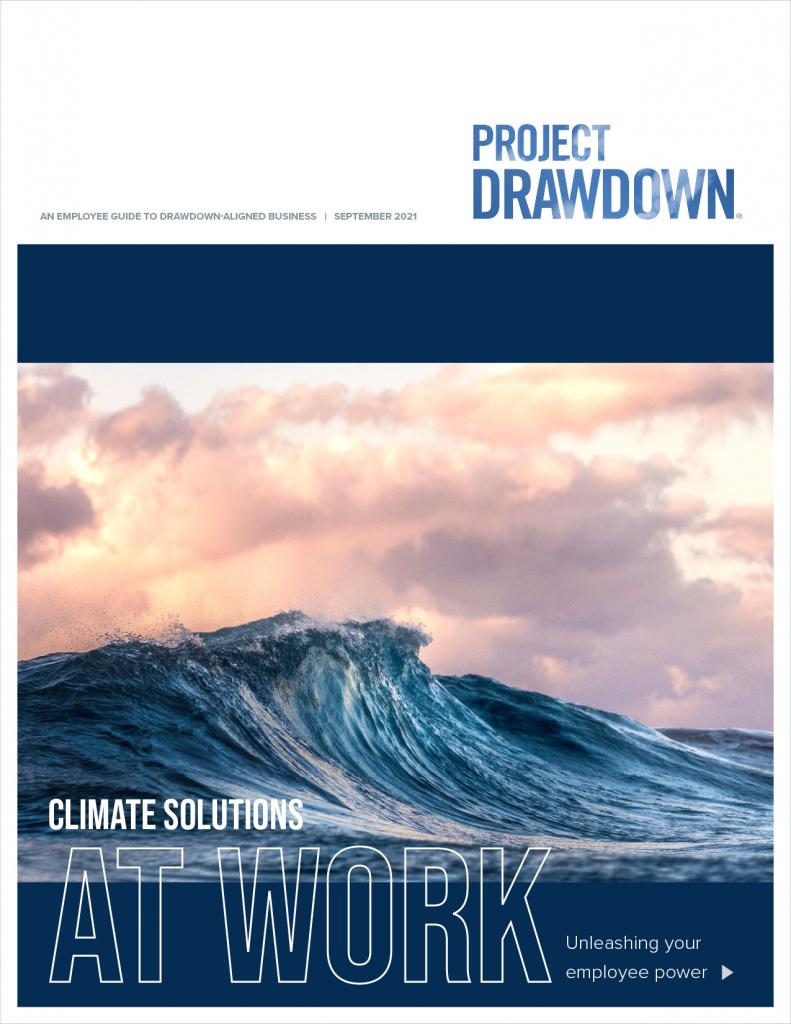Over half of board members globally consider climate change an “extremely important” or “very important” risk,” presenting an urgent need and opportunity for governance and legal activities to translate climate action into real-life business strategies. In 2023, 142 climate cases were filed in the United States alone. If you work as general counsel: Boards oversee a company’s long-term strategy and direction, and the long-term health of a company will undoubtedly be impacted by a changing climate – from the climate-associated risks of natural disasters and crop failures, legal risks, or the ability to attract and retain young talent and have a happy employee base motivated by values-driven work.
Legal
Because in-house legal teams advise corporate governance, assess and manage risks and compliance, and keep abreast of changing regulatory and policy landscapes, you are well-poised to help your company actively address the climate crisis. If you work as a general counsel, you likely engage your company’s board, giving you direct access to key decision-makers who can move your company faster on climate. Other members of the legal team can guide their companies on relevant policies and regulations and ensure climate is considered in contracts and other legal agreements. Finally, you may be able to help advise the company and employees on issues related to employee organizing on climate action (and other issues for activism).
Have you used this or any of our Job Function Action Guides to make your job a climate job? If so, we want to hear about it! We encourage you to share your story with us by completing this form.
The Business Case
To make your legal job a climate job:
Corporate governance
- Work with the board’s compensation committee to tie C-suite compensation to achievement of the company’s climate targets.
- Include climate topics in every board meeting agenda.
- Provide climate-related educational opportunities for the board.
- Familiarize yourself with the Sustainability Accounting Standards Board (SASB) standards for your company’s industry. Organize a training session for your board where you provide an overview of these standards and discuss key risks and opportunities for the company.
- The board’s fiduciary duties require them to pay attention to climate risks—ensure there is oversight of climate impacts at the board level.
- Work with the board to ensure adoption of climate-related commitments with clear and relevant key performance indicators.
- Ensure that oversight of Environmental, Social, and Governance (ESG) activities rests with the board.
- Work with the board’s nominating and governance committee to integrate climate and diversity requirements across its responsibilities. Recruit board members with climate expertise.
- Having diverse representation on the board that spans a spectrum of voices and perspectives ensures climate action taken at the company level is equitable and just. Include climate activists, new or younger directors, Black and Indigenous directors and people of color, women, and members of other underrepresented and historically marginalized groups.
Work with external counsel
- Work with law firms that are committed to offering their clients services that “align and facilitate client decarbonization” and do not work with fossil fuel or other extractive industries. (Take note of the best and worst actors).
- If you work with outside firms on a regular basis, provide a set of “outside counsel guidelines” that incorporate your climate goals.
- Ask law firms to provide information on their emissions (especially if your company reports Scope 3 emissions).
Legal agreements
- Adopt contractual language that addresses climate risks and impacts. (See resources below).
- Work with procurement teams to develop contractual language that requires key customers and suppliers to provide emissions data.
- Familiarize yourself with the physical risks of climate change (e.g., sea-level rise) and, if relevant, adopt contractual language to directly or indirectly allocate risk.
- This may be particularly relevant for real estate transactions, but it is also relevant for understanding risks to your supply chain.
- Work with your insurer to understand your coverage with respect to climate-related disasters, and any opportunities to mitigate climate risk.
- When conducting Know Your Customer processes or due diligence in connection with a transaction, include diligence on the counterparty’s exposure to climate risk.
- Work with your finance team to talk to your bank and other financial providers about the possibility of using green bonds or green loans.
- Companies may be able to obtain more attractive terms if they commit to using debt proceeds to finance climate-friendly projects.
- Work with the human resources and operations team to help them navigate legal requirements under the Employee Retirement Income Security Act (ERISA), to assist them in offering employees a default climate-safe retirement option with competitive financial returns.
Policy and regulation
- Work with your corporate sustainability and public policy teams to educate your board on how shifting environmental laws and climate disclosure regulations affect cost-benefit analyses and business decisions.
Team travel
Minimize carbon-intensive business travel for you and your team, and opt for virtual gatherings. If possible, instead of flying, choose lower-carbon travel options, such as the train.
Foster dialogue and action
- Build capacity and knowledge by connecting with other colleagues on the finance team – and beyond – at your organization. Come together to brainstorm climate action steps (check out Project Drawdown's Discover page for ideas), share best practices, and raise your collective concern at team and all-staff meetings.
Ready to take action? Here are some questions and ideas to help you get started:
Take stock
Identify your company’s corporate sustainability and climate commitments, if any.
- Are these goals connected to the legal team’s goals?
- Can you integrate the above actions into your company, team, or individual performance objectives?
- What is your company’s current board make-up?
- Are any of the board’s initiatives related to climate and sustainability?
Knowing what commitments have been made at a higher level can set you up to help advance those commitments and give you a framework to work within, offering leadership proof points to highlight and celebrate.
Make needed changes or reach out to someone else who can
- What decision-making power do you have? Can you implement these actions yourself, or do you need to raise the issue with a supervisor?
- Is anyone with decision-making power already on board with climate action? Or is there someone you might be able to influence?
Test the waters by sharing your own interest in climate action with other key colleagues and gauging their response. Consult power-mapping tools for help.
You don’t have to do it alone
Find others in your department who are climate-concerned. Join forces to show broad support behind integrating climate action into legal and board activities and throughout the organization. Consider writing a letter or petition to leadership, or bringing up your concerns at an all-staff meeting.
Resources
- Newsletters like the The Planetary Lawyer Project can provide you weekly insights and help you support climate-friendly causes and companies.”
- Competent Boards offers ESG- and climate-focused training for board members and executives.
- Chapter Zero is building a community of non-executive directors dedicated to making their companies “fit for the future.” Check out their resources on governance and engaging leadership.
- Climate Governance Initiative works to enhance climate education and action for chairs, and non-executive and independent directors. Resources include a guide on tying executive compensation to climate action.
- The National Association of Corporate Directors works to “empower directors and transform boards to be future ready.” Check out their resources related to nominating and governance committees.
- Journey to net zero for in-house legal teams provides an overview of climate discussions and actions occurring in in-house legal teams.
- The Chancery Lane Project creates ready-to-use contractual clauses that help implement climate solutions in commercial agreements.
- The General Counsel Sustainability Forum (GCS Forum) supports a community of General Counsels and Chief Legal Officers in their work to help achieve corporate sustainability goals.
- Net Zero Lawyers Alliance is a coalition of global commercial law firms committed to aligning their services with the Paris Agreement.
- Law Students for Climate Accountability is a movement of law students pushing their industry to end fossil fuel representation—and they keep track of the best and worst firms.
- Organizations like Climate Impact Lab or Sustainalytics can help you identify specific sources of climate risk.
- The United Nations Global Compact’s Roadmap for Integrated Sustainability includes a guide on how to integrate climate action into the general counsel and legal function.
The Drawdown Labs Job Function Action Guides will help employees understand how their roles are critical in addressing the climate crisis, as well as implement high-impact solutions and navigate key considerations for taking action inside the workplace.

